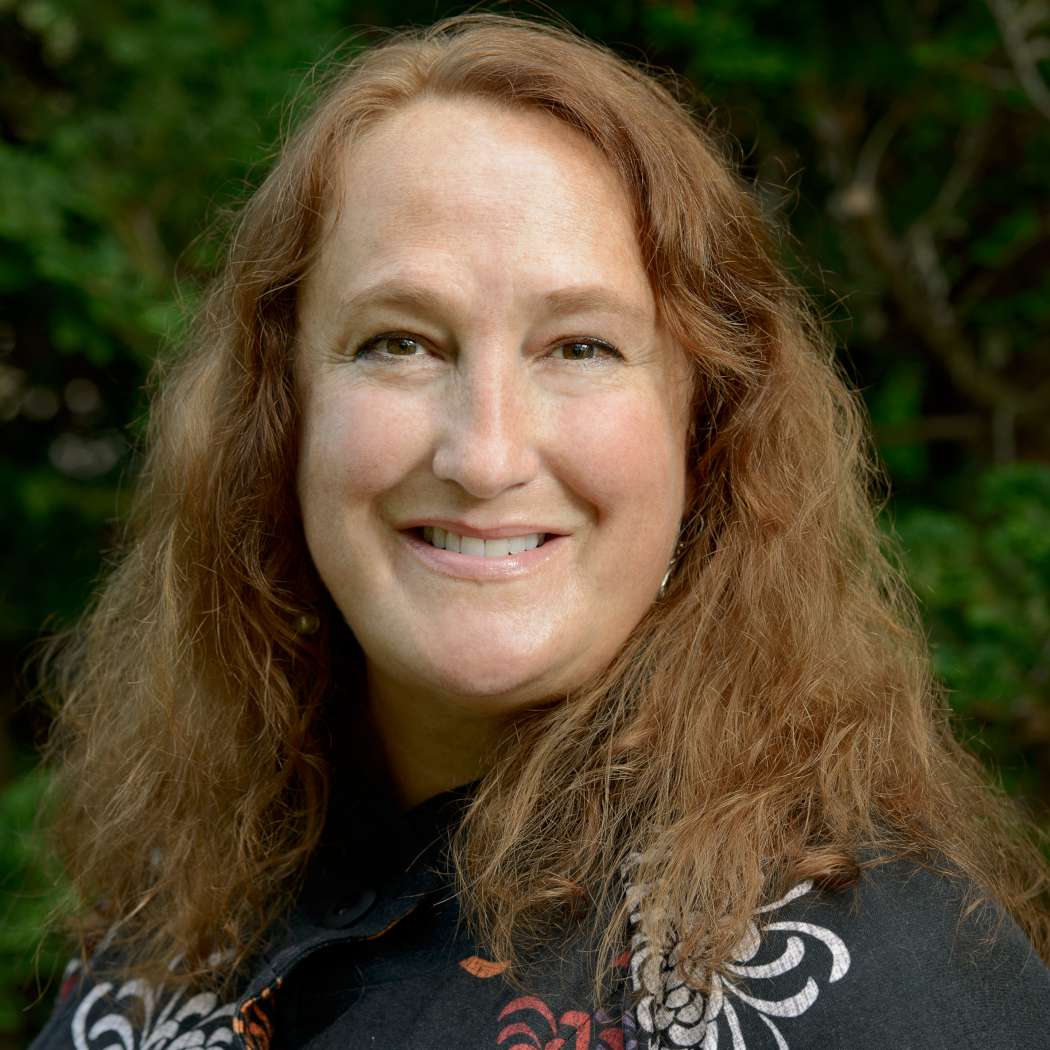Blogbericht
Een beetje duister geld in de verkiezingen voor het Hooggerechtshof van Ohio
Ohioans know that money has an undue influence on our elections–especially “dark” money where the actual source of funding is hidden. Why is it hidden? To influence voters without honestly and transparently giving voters the chance “follow the money” and think through why those paying for the ad might want them to vote one way or another.
This year’s hotly contested Ohio Supreme Court race has given us the opportunity to shine a light on dark money in real time.
De Republican State Leadership Committee (RSLC), a 527, is running an ad against Jennifer Brunner, an appeals court judge and Democrat running for the Ohio Supreme Court. The ad accuses Brunner of failing to protect children who had been preyed on by a teacher, even though the legal issue presented in the case centered on police overreach.
A recent news story by the Associated Press provided some details on the RSLC’s donors. The Center for Responsive Politics has gathered comprehensive contribution information based on records released by the Internal Revenue Service in April 2019. Top donors to RLSC include the Judicial Crisis Network ($3,010,000), the US Chamber of Commerce ($2,035,379), and Altria Group ($1,227,297).
RSLC also received money from Ohio-based donors tied to the FBI’s on-going bribery case involving House Bill 6, the nuclear bailout legislation. They include bailout beneficiaries FirstEnergy ($135,000), American Electric Power ($71,746), and Wayne Boich ($10,000). The donations include only money given since 2010. Boich chairs an Ohio-based coal company that supplies the utilities. He helped provide money used to open bank accounts for the dark money nonprofit at the center of the HB 6 scandal.
Karl Rove joined the Republican State Leadership Committee’s Board in April of this year and he wrote a fundraising letter for the French for Justice campaign. Brunner is trying to unseat French.
Although the RSLC didn’t focus on Ohio Supreme Court races in 2018, it was among the national leaders in dark money spending on state supreme court races in the 2018 cycle, according to the Brennan Center for Justice’s recent study, The Politics of Judicial Elections, 2017-2018; How Dark Money Groups and Big Donors Shape State High Court
The Brennan study found:
- RSLC’s Judicial Fairness Initiative spent more than nearly any group ever has in a single cycle, accounting for $4.1 million across three states. And the conservative Judicial Crisis Network (JCN) was the likely source of most of RSLC-JFI’s funds. (Page 9)
- In some instances, dark-money groups also took advantage of loopholes in state laws that allowed them to avoid reporting their election spending to campaign finance authorities. For example, estimates provided by Kantar Media/CMAG show that JCN directly spent a half-million dollars to unseat Arkansas Supreme Court Justice Courtney Goodson. JCN did not disclose its spending, let alone its donors, to state regulators. (Page 10)
- Interest groups are more likely than candidates or political parties to run negative ads. Interest groups ran two-thirds of all negative TV ads, despite only accounting for one-third of all ads.
- Cycle after cycle, interest group ads have featured attacks based on judges’ decisions in criminal cases. These ads frequently misrepresent judges’ rulings, often invoking violence against children to stir fear in viewers. (Page 11)
RSLC was active in Ohio during 2016. Overall they spent $233,960 in support of three successful Republican candidates during that cycle.
The Brennan Center for Justice is tracking ad buys again this year. To contact Douglas Keith, counsel to the Brennan Center’s Democracy Program, send an email to douglas.keith@nyu.edu.
Common Cause Ohio will be keeping an eye on the Ohio Supreme Court race. If you see an ad and can’t figure out who paid for it, please send an email to cturcer@commoncause.org.
